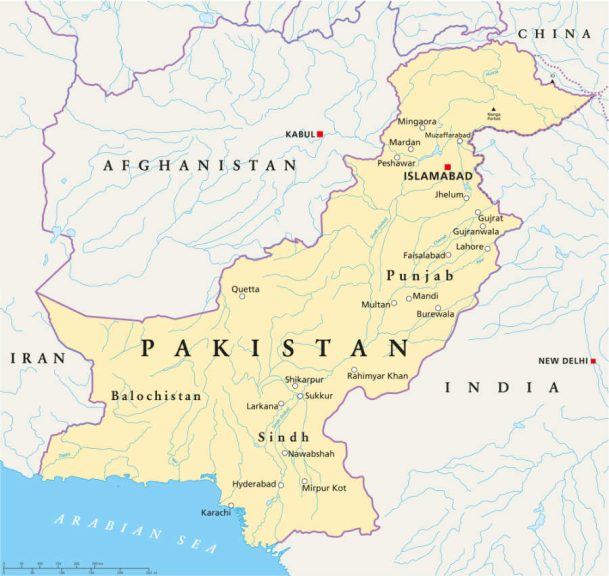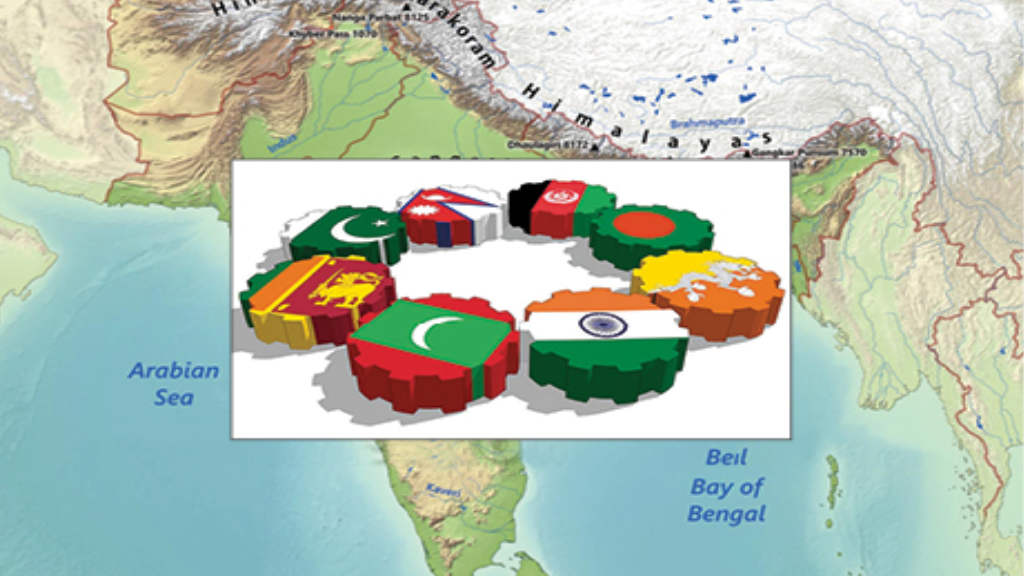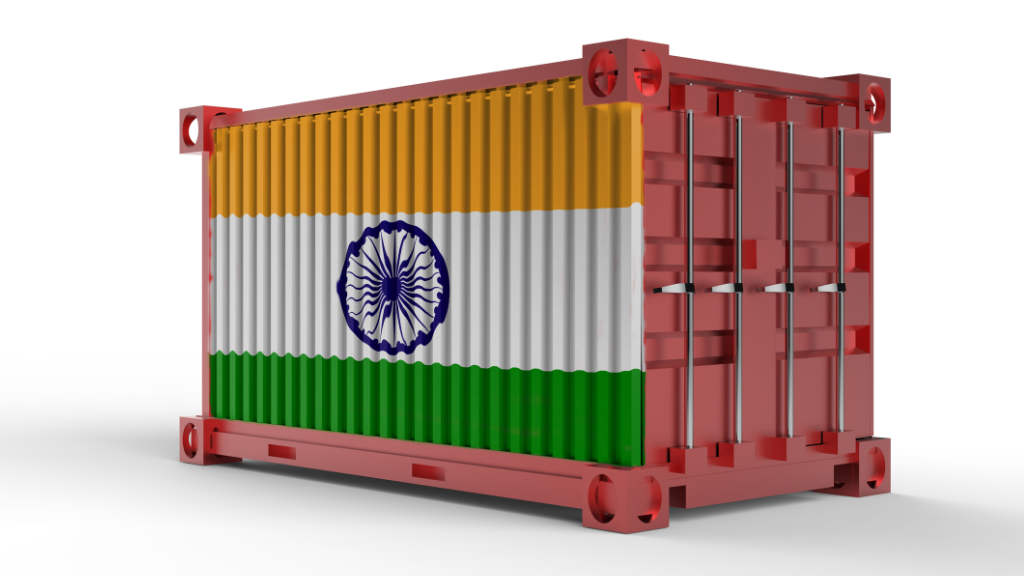Sergei Tsivilev, the co-chair of the Russian-Pakistani Intergovernmental Commission, has been talking up the potential for Russia-Pakistani trade and investment relations in several industrial sectors, saying that Russian oil and gas companies remain highly interested in developing business in Pakistan.
Tsivilev stated that “We continue to collaborate in hydrocarbon exploration and development. We are working together in evaluating projects for joint implementation.” He also said potential Russian LNG supplies were being explored. “This is a matter for commercial negotiations, and specific volumes and the terms of any deal will be determined once the parties reach an agreement.”
The possibility of Russian companies participating in an oil refinery modernization project in Pakistan is also under discussion. “We’re talking about comprehensive modernization to enhance existing production efficiency—increasing refining depth, reducing energy consumption, and lessening the environmental impact.”
Pakistan has been heavily supported by China as part of the Belt & Road Initiative and specifically the China-Pakistan Economic Corridor (CPEC), into which China has invested about US$90 billion. That is aimed to encourage Pakistan’s development as a South Asian industrial powerhouse and to ultimately reduce political and religious tensions in the country, which has a history of instability of immediate concern to China, which shares a 596 km border with the country. Pakistan has a population of 241.5 million, which can be put to huge manufacturing use if the right conditions, infrastructure, and investment can be made. Russia is essentially joining the CPEC project as a junior partner.

To the west, Pakistan borders Iran, already a key partner for both Russia and China in the energy and transport sectors—it is a key part of the International North-South Transport Corridor (INSTC) and as such provides Russia with access to the Middle East as well as Pakistan and India.
To the north, Pakistan borders Afghanistan, which is still in a precarious political situation, and fighting has been breaking out in Pakistan’s northern border areas. Both Russia and China are also heavily invested in maintaining and developing security in Afghanistan, which also shares a small border with China as well as Russia’s partner CSTO countries in Kyrgyzstan and Tajikistan in addition to borders with Iran and Turkmenistan—both crucial for Russia’s INSTC. Getting stability and prosperity into Afghanistan is also a project that very much involves keeping Pakistan stable. To do that, Chinese infrastructure building and investment are being supplemented by Russian energy and agricultural exports, together with selected industrial projects.
Illustrating the agricultural angle, Tsivilev also said that “Agricultural produce has always been an important aspect of Russian-Pakistani trade cooperation, accounting for approximately 65% of Russian exports to Pakistan. Russian supplies of ferrous metals and pharmaceuticals have increased significantly this year. Russia is also interested in increasing supplies of Russian wheat, fertilizers, and oil. We import textiles from Pakistan, which account for approximately 60% of Pakistani supplies, as well as leather goods and food products.”
Russia and Pakistan are also looking at developments in other sectors, such as pharmaceuticals and medicine, with Tsivilev adding that work continues on a project to localize production of Russian insulin in Pakistan, stating, “A key condition for this is agreeing on a price for this medication. I’m confident that it is in our common interests to find a mutually acceptable solution to this issue and ensure that the price of Russian insulin is set at a mutually beneficial level.”
Tsivilev also mentioned favorable conditions for deepening cooperation in pharmaceuticals, including radiopharmaceuticals.
While Pakistan currently has significant economic difficulties, the country does possess a wide range of resources, including abundant minerals such as coal, copper, gold, and salt, as well as energy resources such as natural gas, oil, and hydroelectric power. Recent discoveries have highlighted significant reserves of strategic minerals like lithium, cobalt, nickel, and rare earth elements, while it also has significant amounts of arable land. However, with little investment for decades, the country has fallen behind in its human capital development and needs to change from attitudes against its neighbors to a more cooperative, sustainable Eurasian model.
Further Reading






